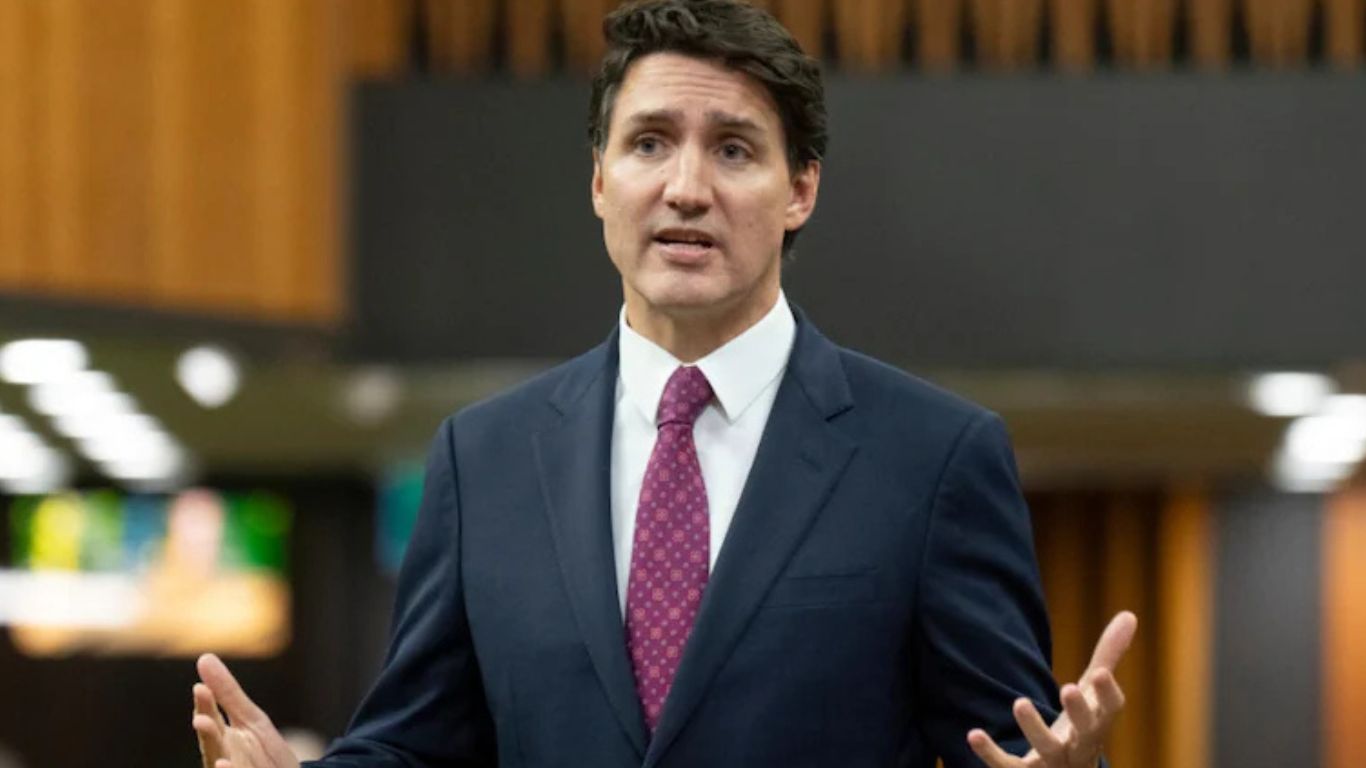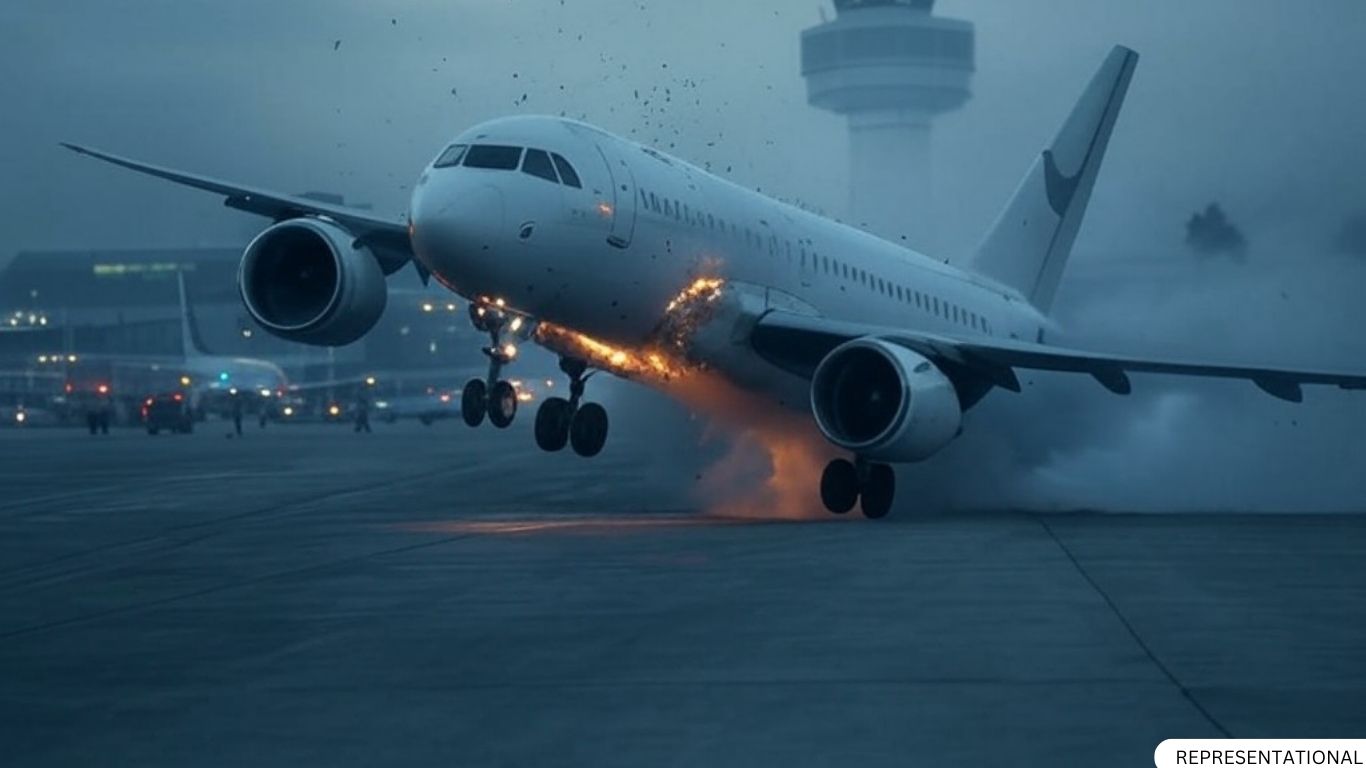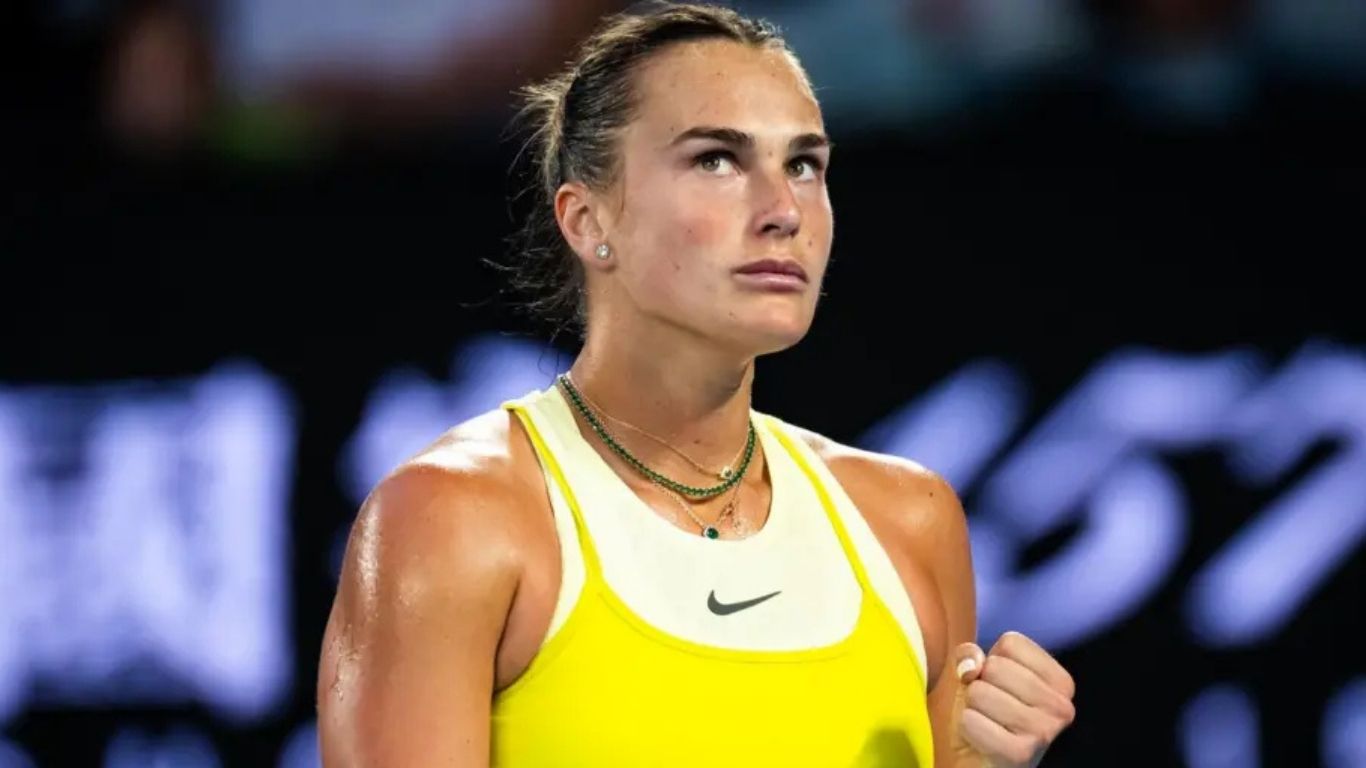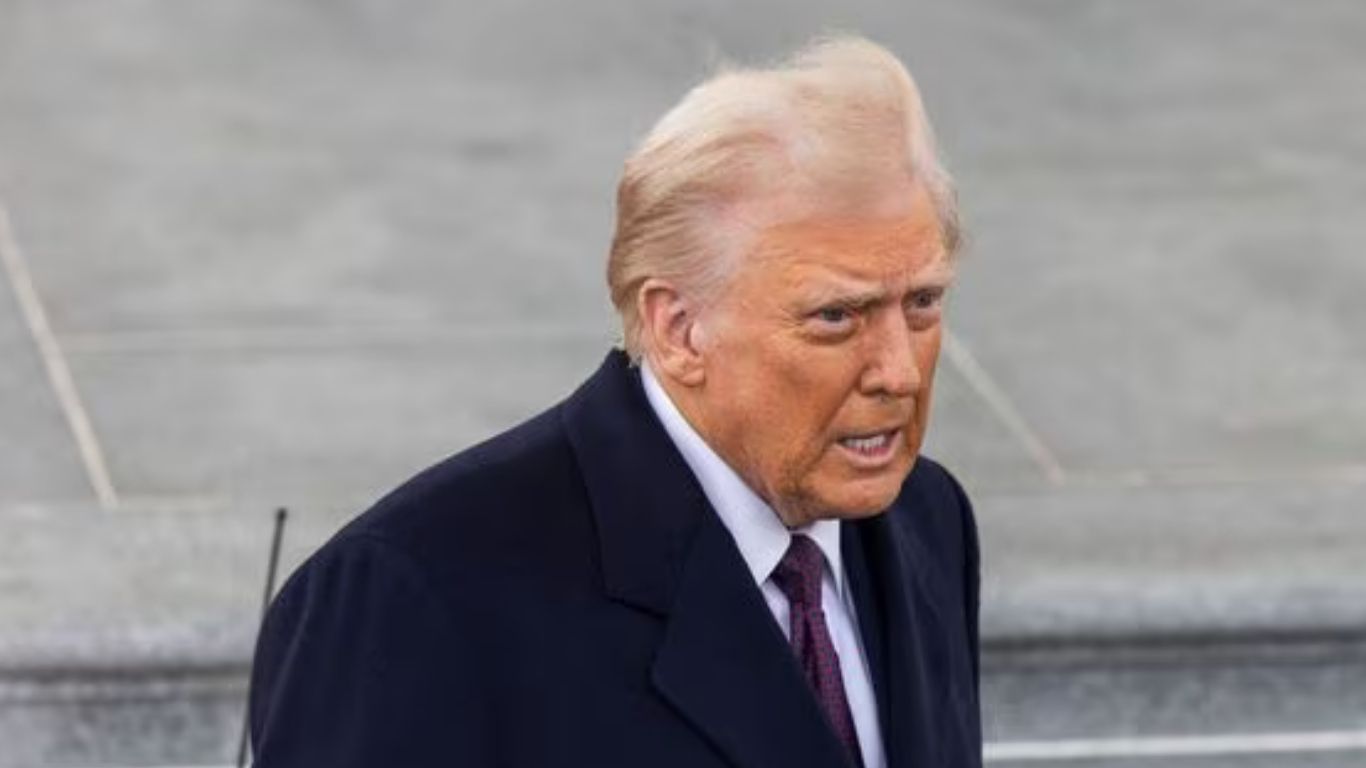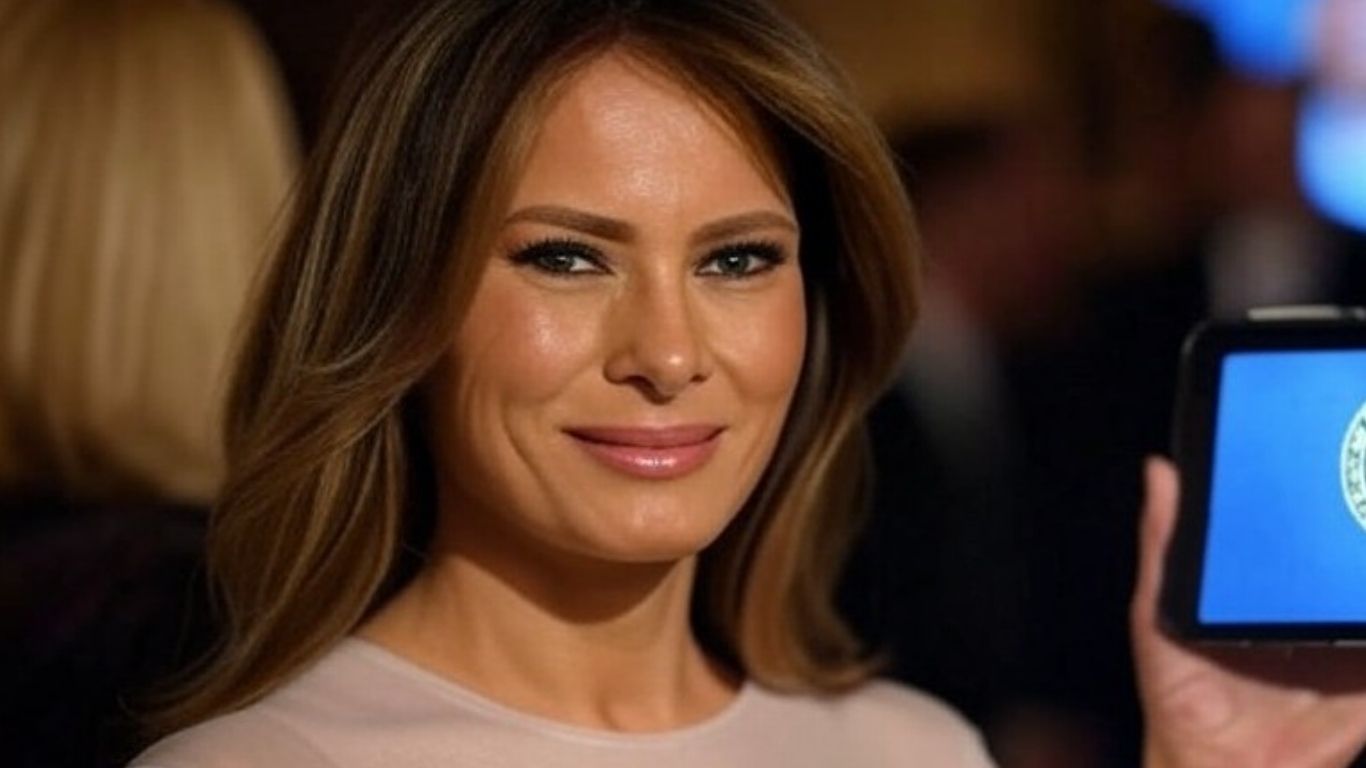Canadian Prime Minister Justin Trudeau, after nearly a decade of leadership, faces an unprecedented political storm. Mounting pressure within his own Liberal Party, triggered by cabinet resignations and dissatisfaction over economic policies, has brought Trudeau to a critical crossroads. While calls for his resignation amplify, Canada’s political future remains uncertain.
Background on Trudeau’s Leadership
Justin Trudeau first came to power in 2015, riding on promises of progressive policies, inclusivity, and economic reforms. However, in recent years, his leadership has been challenged due to rising inflation, cost of living crises, and unpopular economic decisions. While his early tenure was marked by significant public support, his government now struggles to maintain its credibility amidst growing internal and external opposition.
Key Factors Behind the Pressure for Resignation
Rising Inflation and Cost of Living
Canadians are grappling with skyrocketing costs of living. From housing prices to groceries, inflation has eroded household incomes. Trudeau’s economic policies, once touted as solutions for a thriving middle class, are now seen as insufficient to combat inflationary pressures. High interest rates and stagnant wage growth have further alienated voters, particularly the working-class population.
Political Criticism and Cabinet Resignations
The resignation of key cabinet ministers, including former finance minister Chrystia Freeland, has exacerbated the leadership crisis. Freeland’s departure was a direct rebuke of Trudeau’s handling of economic issues, particularly in the face of external pressures like tariffs. Other ministers have also stepped down, leading to questions about Trudeau’s ability to unify his party.
Jonathan Wilkinson’s Appeal for Reflection
Jonathan Wilkinson, Canada’s Minister of Natural Resources, recently urged for patience, suggesting Trudeau be given time to “reflect” on his leadership. This statement signals an attempt to restore calm within the Liberal Party, though analysts believe such calls may delay, but not prevent, Trudeau’s eventual resignation.
Potential Scenarios for Trudeau’s Future
Trudeau Could Resign Voluntarily
A voluntary resignation by Trudeau remains a plausible scenario. Analysts argue that stepping down might allow the Liberal Party to salvage its reputation ahead of the next election. Resignation would open the door for new leadership and a potential shift in public perception.
Liberals Choose an Interim Leader
If Trudeau resigns, the Liberal Party would need to appoint an interim prime minister until a federal election can be held. The role of interim leader is crucial, as this person would be tasked with stabilizing the party and preparing for upcoming elections.
Likely Successors if Justin Trudeau Resigns
Mark Carney: A Potential Contender
Mark Carney, former Governor of the Bank of Canada and Bank of England, is a prominent figure rumored to be eyeing Trudeau’s position. With a strong financial background and widespread respect, Carney could provide the Liberal Party with a fresh and credible face during turbulent times.
Dominic LeBlanc: Trudeau’s Close Ally
Dominic LeBlanc, a seasoned Liberal politician and close confidant of Trudeau, is another potential successor. His experience in public safety and finance makes him a viable candidate, particularly as the party seeks stability amidst internal division.
Impact of Chrystia Freeland’s Resignation
Chrystia Freeland’s resignation dealt a significant blow to Trudeau’s leadership. As a trusted and high-profile figure within the Liberal government, her departure symbolizes deep dissatisfaction among senior party members. Analysts believe Freeland’s criticism could inspire further resignations, accelerating Trudeau’s potential exit.
The Role of the New Democratic Party (NDP)
The NDP, led by Jagmeet Singh, has historically supported Trudeau’s minority government. However, their recent calls for his resignation signal a withdrawal of confidence. Without NDP backing, Trudeau’s ability to pass legislation or survive a no-confidence vote becomes increasingly uncertain.
No Confidence Vote: How It Works and Its Implications
Mechanisms for a No Confidence Vote
Parliament can hold a no-confidence vote to assess whether the government still commands a majority. If Trudeau loses, it would immediately trigger an election, potentially ending his tenure.
What Happens if Trudeau Loses the Vote
If the no-confidence vote passes, Canadians would head to the polls for an early election. Given current polling trends, the opposition Conservative Party, led by Pierre Poilievre, is expected to emerge victorious.
Growing Support for Conservatives
Public dissatisfaction with Trudeau’s leadership has bolstered the Conservative Party’s standing. Recent polls show the Conservatives with a commanding 43% support compared to the Liberals’ 23%. This significant lead suggests that, if an election were held soon, Conservatives would likely secure a majority government.
Could Trudeau Cling to Power?
Survival of No Confidence Votes
Despite mounting pressure, Trudeau could attempt to survive no-confidence votes. If successful, he could remain in power until the next scheduled federal election on October 20.
Potential Election Timeline
Political experts predict that Trudeau might dissolve Parliament and call for elections as early as late spring. This strategy, though risky, could allow him to regain control of the narrative and rally his remaining supporters.
Impact of Trudeau’s Resignation on the Liberal Party
Trudeau’s resignation would mark a turning point for the Liberal Party. While it may provide an opportunity for renewal, it also risks further fracturing the party. Maintaining unity will be essential for the Liberals as they prepare for the next election.
Public Sentiment: Social Media Trends and Polls
Social media platforms, particularly X (formerly Twitter), have seen “#Resign” trending in connection with Trudeau. Public sentiment reflects widespread frustration, with polls indicating a sharp decline in Trudeau’s approval ratings.
How Canadians View the Current Crisis
Canadians are increasingly disillusioned with Trudeau’s leadership. Economic struggles, political controversies, and a perceived lack of accountability have eroded trust. Many see this crisis as an opportunity for change.
Justin Trudeau faces the most significant challenge of his political career. Whether he resigns, survives a no-confidence vote, or calls for early elections, the coming months will define Canada’s political landscape. The Liberal Party must act decisively to restore public confidence, while opposition parties prepare to seize the moment.
Frequently Asked Questions (FAQs)
- Why is Justin Trudeau under pressure to resign?
Trudeau faces criticism over economic issues, cabinet resignations, and declining public support. - Who could replace Trudeau as prime minister?
Potential successors include Mark Carney and Dominic LeBlanc. - What is a no-confidence vote?
It is a parliamentary vote that determines whether the government retains the majority’s support. - When could the next Canadian election be held?
The next federal election is scheduled for October 20, but an earlier election is likely. - How do Canadians feel about Trudeau’s leadership?
Public opinion is largely negative, with calls for his resignation trending on social media.











